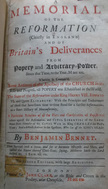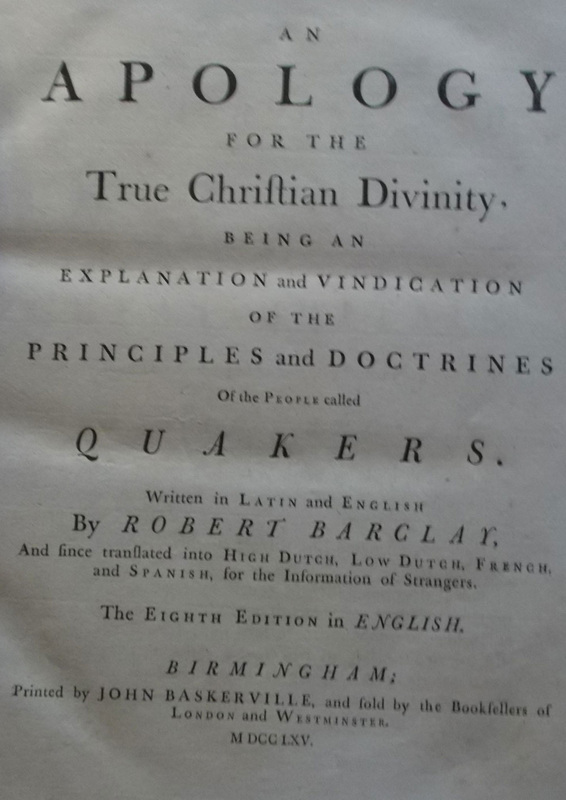1. A Memorial of the Reformation:
|
2. Fides Christiana Patriarcharum AC Prophetarum;-
|
3. John BUNYAN;-
|
4. Des. Erasmi Rot.
|
5. Robert BARCLAY, [1648-1690].
|
6. A. Bunn
|
7. William Lewis;
|
8. Joannes Ernestus Grabe
|
9. Jeremy Collier;-
|





